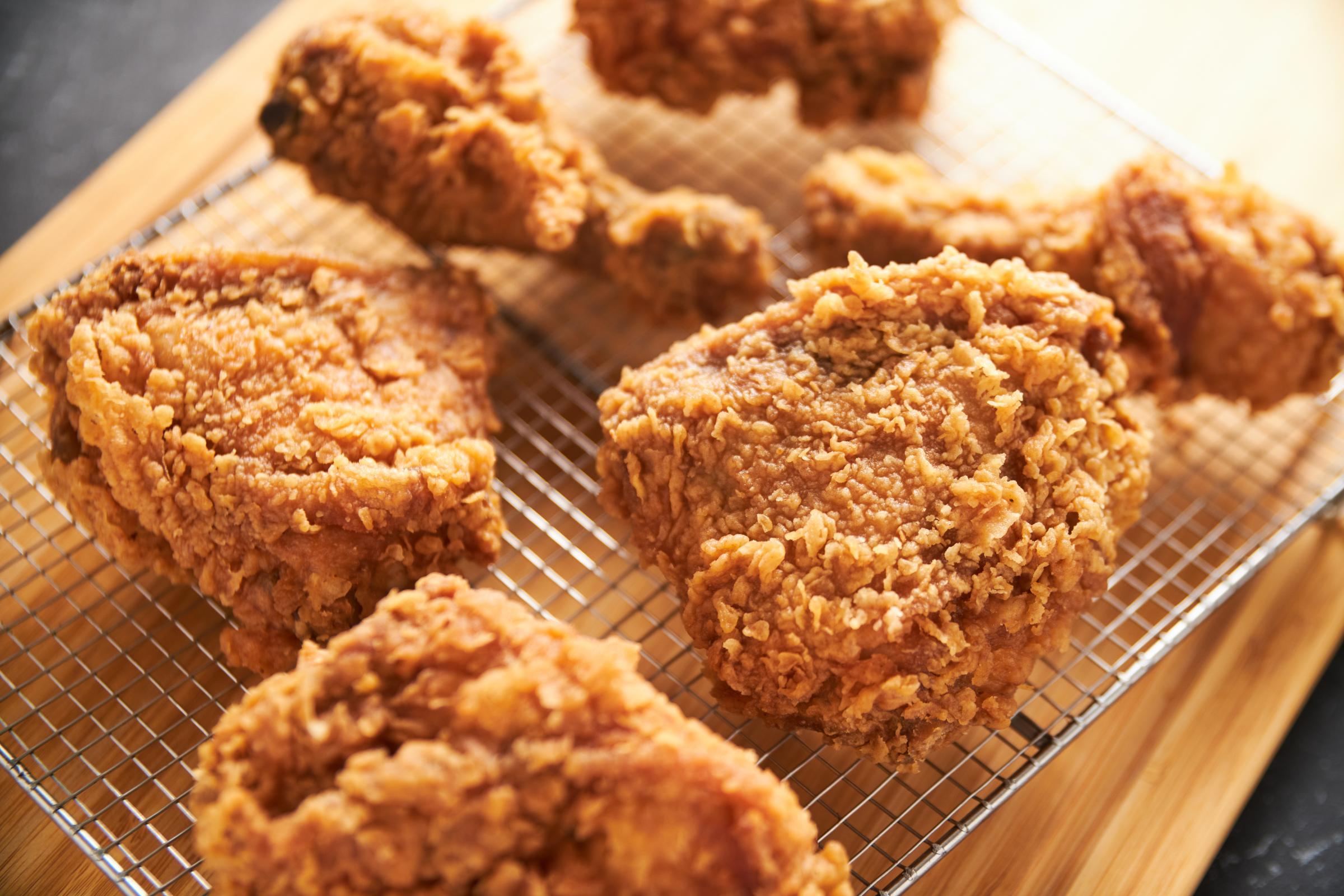
Food Safety
The Current Crisis: Vegetable Oils
Oil is an essential good, due to its different uses, either for cooking food or as a dressing for meals, and it offers beneficial properties for health. Today, it is a more precious asset due to the scarcity of some oils; we will delve into the subject later. There are different types of oils, such as olive, sunflower, corn, palm, coconut and even rice.
| Types of vegetable oils and origin | Compatible with OleoTest | Not Compatible with OleoTest |
|---|---|---|
| Sunflower (Seed) | X | |
| Corn (Seed/cereal) | X | |
| Peanut (Seed) | X | |
| Palm (Fruit) | X | |
| Coconut (pulp) | X | |
| Rice Bran (Seed) | X | |
| Olive (Fruit) | X |
For its part, olive oil is produced mainly in Spain; half of the 3 million tons consumed annually in the world is produced there. However, palm oil has the highest annual yield, showing an increasing trend in recent years. Soybean oil has the second-highest annual yield, followed by rapeseed oil. In general, the world production of the main oils increases annually. Palm oil is mainly produced in Southeast Asia. The major producers of soybean oil are China, the United States, Argentina and Brazil. The European Union, China and Canada are the largest producers of rapeseed oil. In 2016, the European Union led in rapeseed oil production, accounting for 35% of the total, followed by China, which accounted for approximately 23% of the total yield. In Southeast Asia, the Philippines is rich in coconut oil. China and India are the main producers of peanut oil. Ukraine was the world's largest producer of sunflower seed oil until the arrival of the conflict with Russia. This conflict confronts both nations; it has had and will continue to have a great impact on the world market for sunflower oil since, adding the production of both countries, this corresponds to 60% of all sunflower oil produced globally. Worldwide, its scarcity in supermarkets is not surprising, which means that stores must ration its sale, with the consequent price rise.
Vegetable oil is obtained from the seeds, fruits or plumules of certain plants. When used for cooking, the oil can change the properties of the food (color, fragrance, flavor) during the process. That is why the healthiness of the oils used in cooking is essential for human health. With the increase in the consumption of these oils and the worsening of environmental pollution, this poses a significant challenge for the industry. Due to improper cultivation, processing and storage of oils, some hazardous substances are often detected in the oil. These substances can be divided into two types: biological hazards and harmful chemicals. Biological hazards usually arise from plants that are infected by microorganisms or pests. For their part, most harmful chemicals come from pesticide residues or heavy metals. It must be considered that during the cooking process with edible oils at high temperatures (160-200° C), hydrolysis, oxidation and polymerization reactions occur that modify the composition of the oil, generating polar compounds. These can be harmful to health as they increase the risk of cancer the risk of increased blood pressure and can cause digestive disorders. How can the oil be tested quickly and effectively? With OleoTest, a quick and straightforward method to use, especially suitable for seed and palm oils, which can determine the degree of alteration of the oil. The test can be used by the establishment's staff (hotel, restaurant, catering) to ensure that the oil is still fit for use. We will be able to verify it thanks to the color scale provided with the test itself. The color results are divided into 5 levels; level 5 means that the polar compounds found in the oil are greater than 24% and, therefore, we must change and recycle used oil. Learn more about OleoTest

